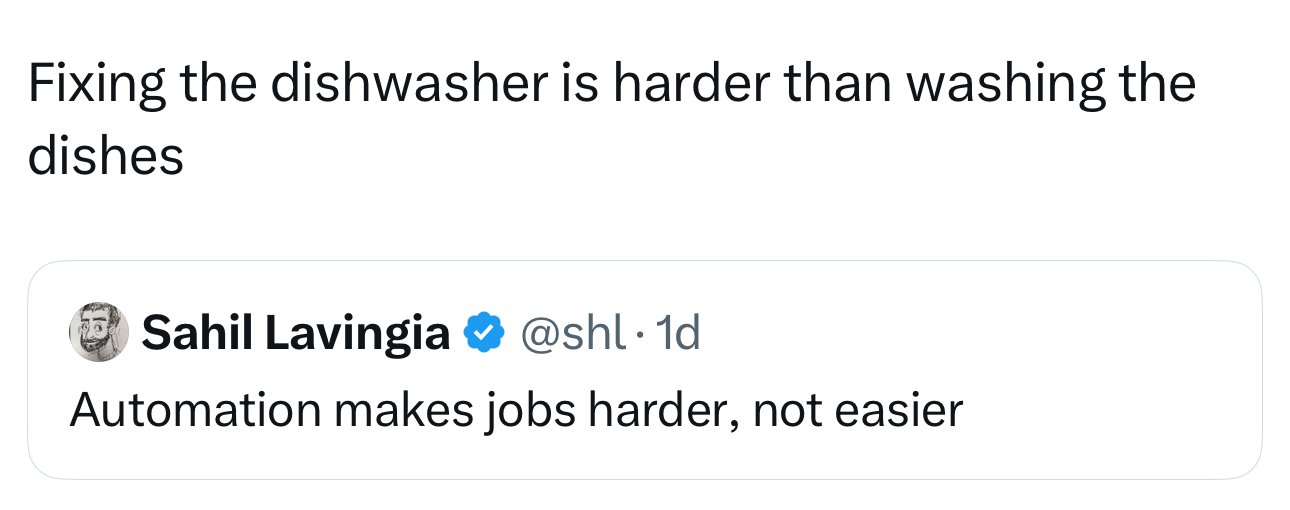3. be unconventional
Leyla Acaroglu • Tools for Systems Thinkers: The 6 Fundamental Concepts of Systems Thinking
systems thinking

The "Bronx is Burning" Era
——
The phenomenon you're describing has deep historical roots in the Bronx. During the 1970s and 1980s, the South Bronx experienced one of the most devastating periods of arson-for-insurance fraud in American urban history:
Scale of Historical Arson: In total, over 80% of the South Bronx was burned or abandoned between 1970
... See moresecond-order thinking
Be concerned with your current trajectory, not your current results.
💥 Atomic Habits
- Always ask yourself, “And then what?”
- Think across time — What do the consequences look like in 10 minutes? 10 months? 10 Years?
- Create templates like the second image above with 1st, 2nd, and 3rd order consequences. Identify your decision, think it through, and write down the
Farnam Street • Second-Order Thinking: What Smart People Use to Outperform
second-order thinking
Crazy ideas? Crazy people.
via How People Think
People who think about the world in unique ways you like also think about the world in unique ways you won’t like.
Kanye West once put it:
If you want these crazy ideas and these crazy stages, this crazy music, and this crazy way of thinking, there’s a chance it might come from a crazy person.
Staff Turnover Patterns
Rather than treating each resignation as an isolated incident, you map the interconnections. High turnover in program staff creates more work for remaining staff, leading to burnout and more turnover. This forces the executive director to spend more time on HR issues, less time on strategic work, which creates organizational
... See moresystems thinking
"Freethinkers are those who are willing to use their minds without prejudice and without fearing to understand things that clash with their own customs, privileges, or beliefs."
Quotes Collection
